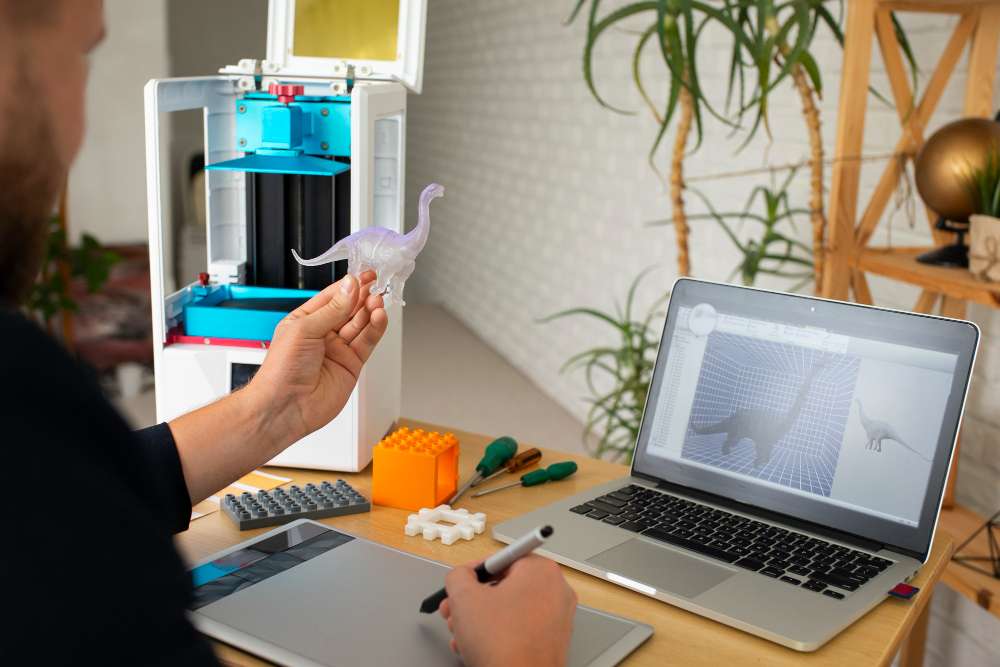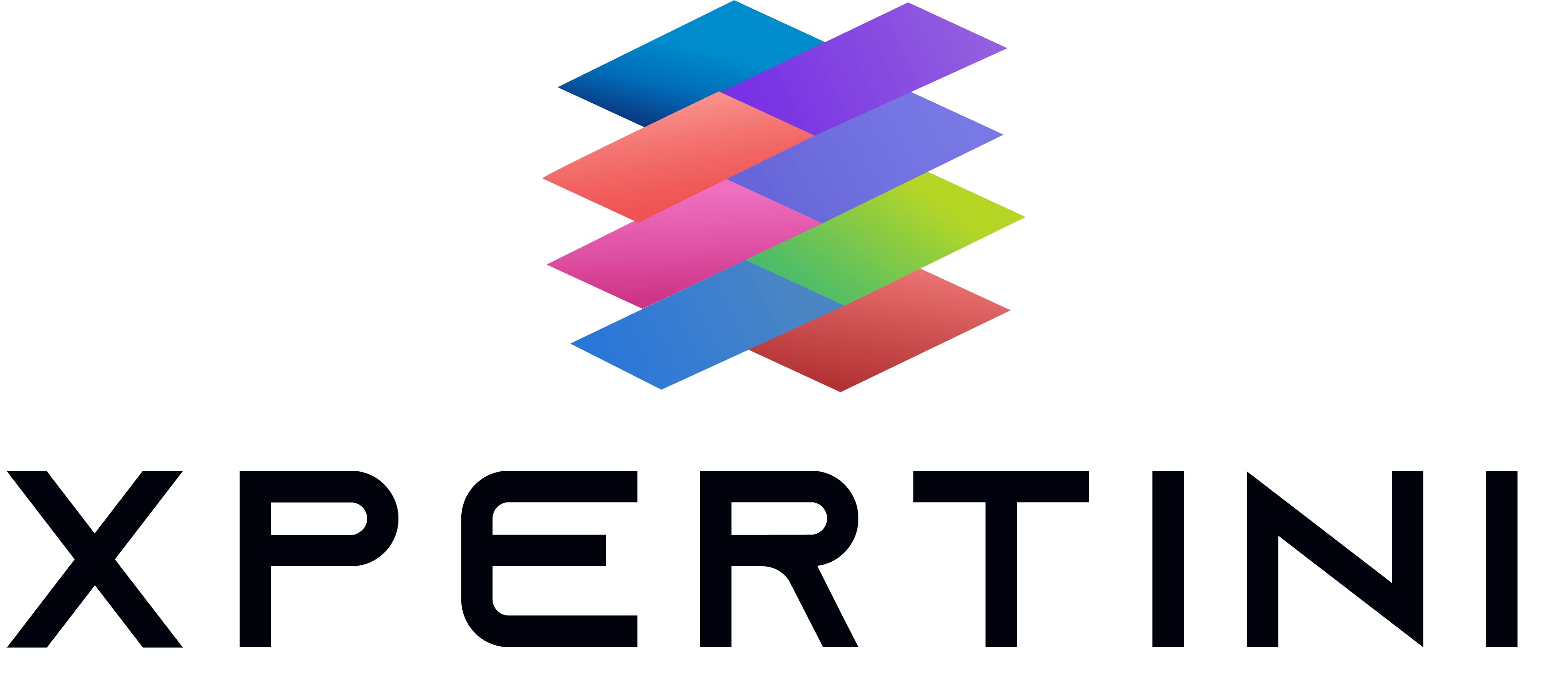The rapid advancement of technology has ushered in a new era of product design, and at the forefront is 3D printing. This revolutionary technology has transformed the landscape of manufacturing, enabling designers to bring their ideas to life with unparalleled precision and speed. As industries across the globe embrace 3D printing, the demand for skilled professionals in this field has surged. This blog post explores the myriad benefits of a career in 3D printing applications in product design, highlighting job market trends, educational requirements, salary prospects, and more.

Career Overview
A career in 3D printing applications in product design involves the creation and refinement of products using additive manufacturing techniques. Professionals in this field work on designing prototypes, creating intricate models, and producing final products for various industries. The role requires a blend of creativity and technical expertise, making it a dynamic and rewarding career path.
Job Market Trends
The job market for 3D printing professionals is expanding rapidly. According to recent reports, the global 3D printing market is expected to reach $35.6 billion by 2024, growing at a compound annual growth rate (CAGR) of 23.5%. Industries such as automotive, healthcare, aerospace, and consumer goods are increasingly incorporating 3D printing into their production processes, driving the demand for skilled professionals. As a result, job opportunities in this field are abundant and varied.
Education and Training Requirements
A successful career in 3D printing applications in product design typically requires a strong educational foundation. A bachelor’s degree in fields such as industrial design, mechanical engineering, or materials science is often essential. Additionally, specialized courses and certifications in 3D printing can provide a competitive edge. Hands-on training and practical experience are crucial, as they enable professionals to master the complexities of 3D printing technology.
Salary and Benefits
Salaries for 3D printing professionals are competitive, reflecting the specialized skills and expertise required in this field. Entry-level positions can offer annual salaries ranging from $50,000 to $70,000, while experienced professionals can earn upwards of $100,000. In addition to attractive salaries, professionals in this field often enjoy comprehensive benefits packages, including healthcare, retirement plans, and opportunities for professional development.
Work-Life Balance
Work-life balance is an important consideration for many professionals. Careers in 3D printing applications in product design often offer flexible work hours and the potential for remote work. This flexibility allows individuals to manage their professional and personal responsibilities effectively. Furthermore, the creative nature of the work can lead to high job satisfaction, contributing to a positive work-life balance.
Job Stability
Job stability is a significant advantage in the 3D printing industry. As more companies adopt 3D printing technology, the need for skilled professionals continues to grow. This increasing demand translates to job security for those with the necessary skills and expertise. Additionally, the continuous evolution of 3D printing technology ensures that there will always be opportunities for career advancement and specialization.
Networking Opportunities
Networking plays a crucial role in career advancement. The 3D printing and product design community offers numerous opportunities for professionals to connect and collaborate. Industry events, conferences, and meetups provide platforms for networking, while online forums and professional associations offer additional avenues for engagement. Building a strong professional network can lead to job opportunities, collaborations, and knowledge sharing.
Industry Specifics
Different industries utilize 3D printing in various ways, leading to diverse career opportunities. In the automotive industry, 3D printing is used for prototyping and producing complex parts. The healthcare sector leverages 3D printing for creating medical devices and prosthetics. Aerospace companies use 3D printing to manufacture lightweight, durable components. Each industry offers unique challenges and opportunities, making a career in 3D printing applications in product design both exciting and versatile.
Skills Gap Analysis
Despite the growing demand for 3D printing professionals, there is a notable skills gap in the industry. Key skills required include proficiency in CAD software, an understanding of different 3D printing technologies, and knowledge of materials science. Additionally, problem-solving abilities and creativity are essential. Addressing this skills gap through education and training programs is crucial for meeting industry needs.
Future Trends and Technology
The future of 3D printing is bright, with emerging technologies poised to further revolutionize the field. Innovations such as multi-material printing, bioprinting, and the integration of artificial intelligence are set to expand the capabilities of 3D printing. These advancements will create new opportunities and applications, driving further growth in the industry. Staying abreast of these trends and continuously updating skills will be vital for professionals in this field.
Table of Contents
Categories:
Latest Posts:
FAQs
1. What is 3D printing?
3D printing, also known as additive manufacturing, is a process of creating three-dimensional objects from a digital file by layering materials.
2. What industries use 3D printing?
Industries such as automotive, healthcare, aerospace, and consumer goods utilize 3D printing for various applications, including prototyping and production.
3. What education is required for a career in 3D printing?
A bachelor’s degree in fields like industrial design, mechanical engineering, or materials science is typically required, along with specialized courses and certifications in 3D printing.
4. What skills are essential for 3D printing professionals?
Key skills include proficiency in CAD software, understanding of 3D printing technologies, knowledge of materials science, problem-solving abilities, and creativity.
5. What are the salary prospects for 3D printing professionals?
Entry-level salaries range from $50,000 to $70,000 annually, while experienced professionals can earn upwards of $100,000.
6. How can I stay updated on industry trends?
Attending industry events, participating in online forums, joining professional associations, and continuous learning through courses can help you stay updated.
7. What are the future trends in 3D printing?
Emerging trends include multi-material printing, bioprinting, and the integration of artificial intelligence, all of which are set to expand the capabilities of 3D printing.
Additional resources:
- Unlocking the Future: A Career in 3D Printing Applications in Product Design
- Unlocking Your Potential: Exploring Career Opportunities in Personal Development and Self-Improvement
- Master Your Wealth: Exploring Careers in Personal Finance and Investment
- Building Wealth, Building Futures: Exploring Careers in Personal Finance and Wealth Management
- Navigating the Cosmos: Exploring Careers in Planetary Science and Exploration
- Shaping the Future: A Career in Education
- Behind the Scenes: A Career in Film Studies
- Mastering Money: A Career in Financial Literacy and Money Management
- Streamlining Success: The Advantages of Pursuing a Course in Industrial Automation
- Introduction to Accounting Principles
